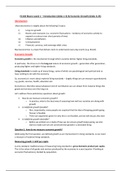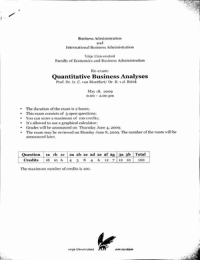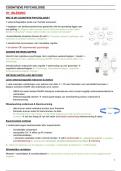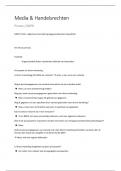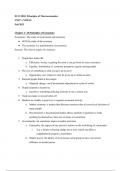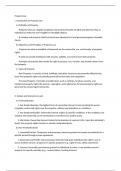College aantekeningen
EC102 Economics B - Macroeconomics (LT) Notes
- Vak
- Instelling
- Boek
Detailed notes for EC102 Economics B - Macroeconomics (Lent Term) by a student that achieved a first in the exam. The notes have been broken down by each week to make it easier to follow with on-going lectures, and equally when it comes to revising for the exam.
[Meer zien]
